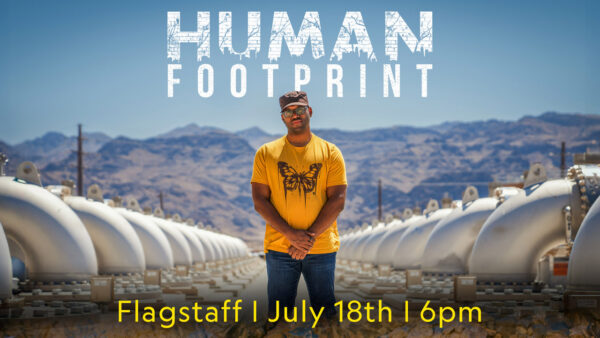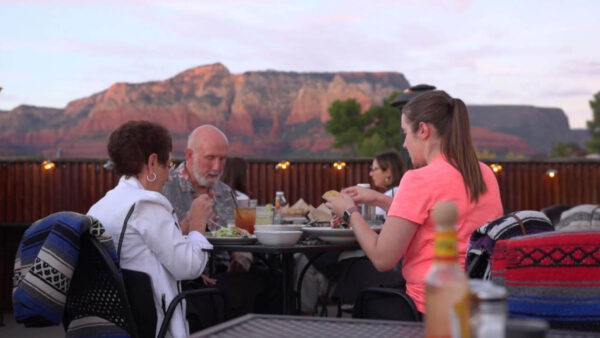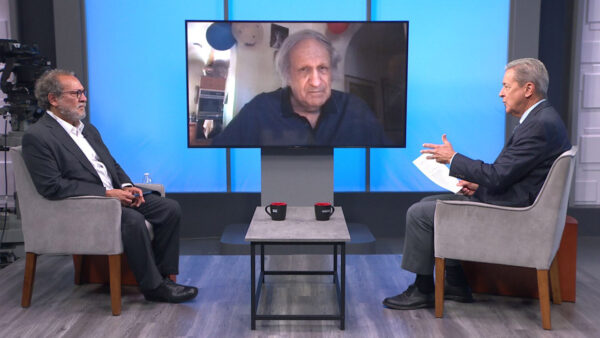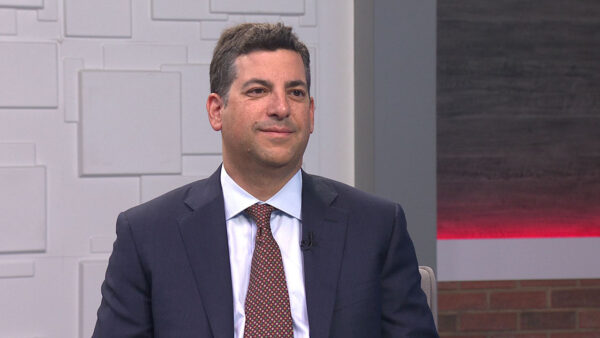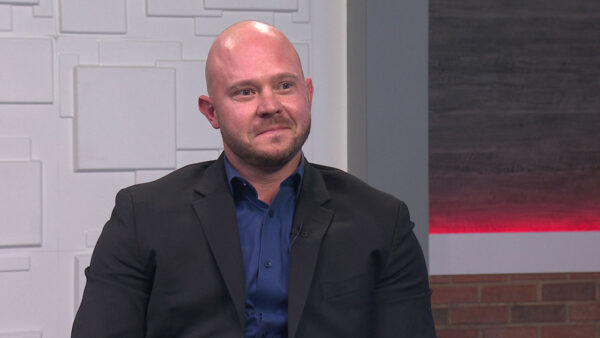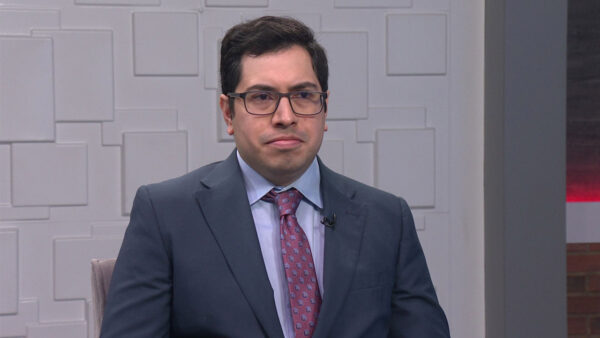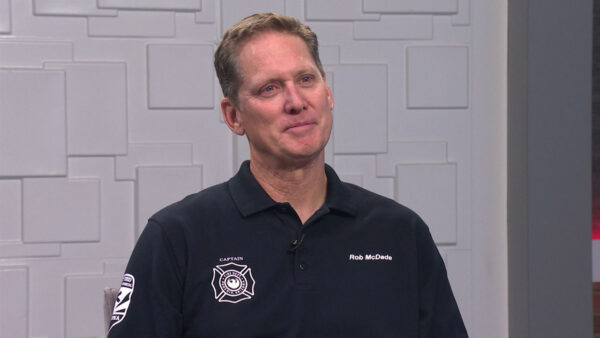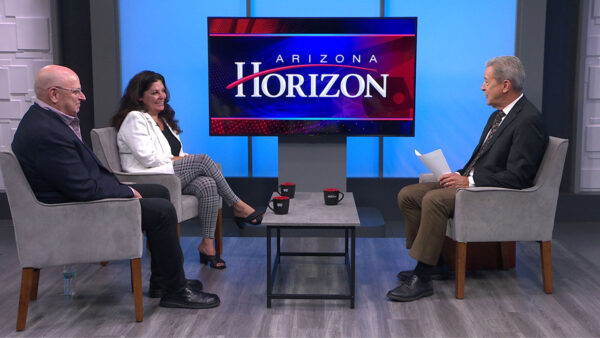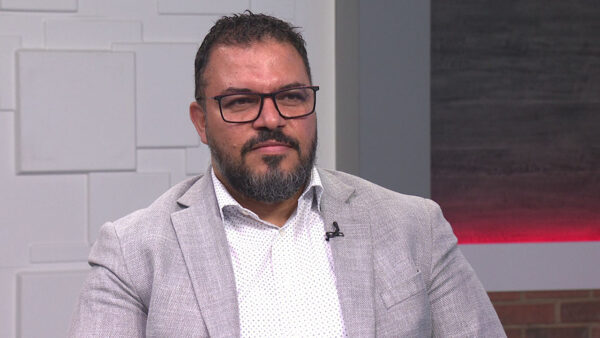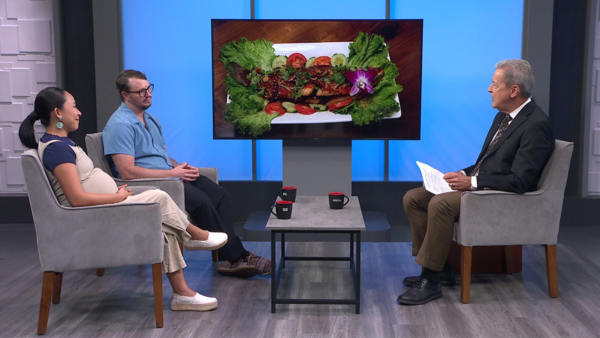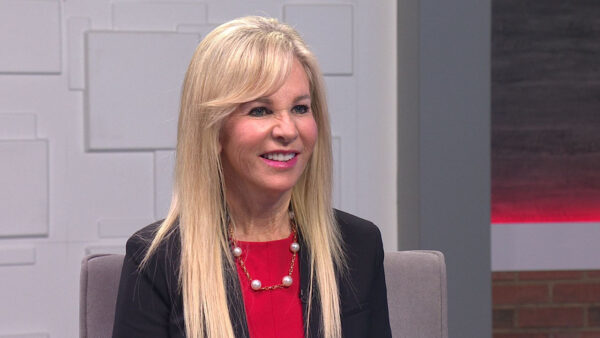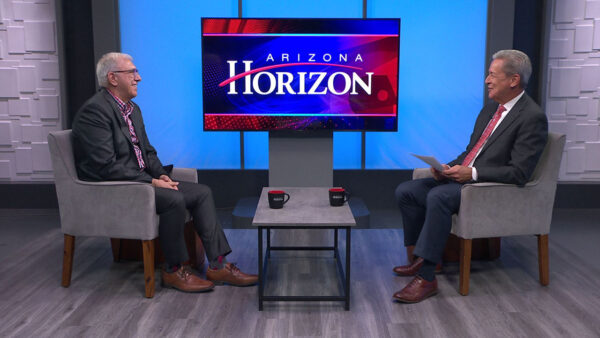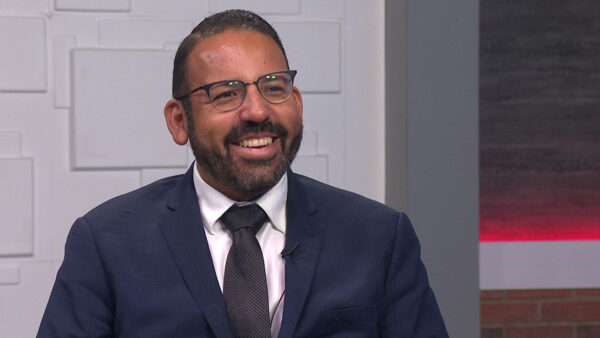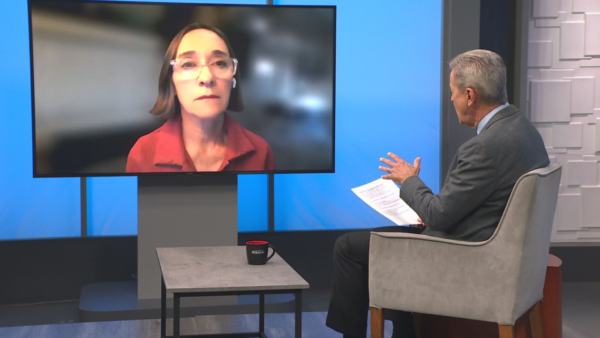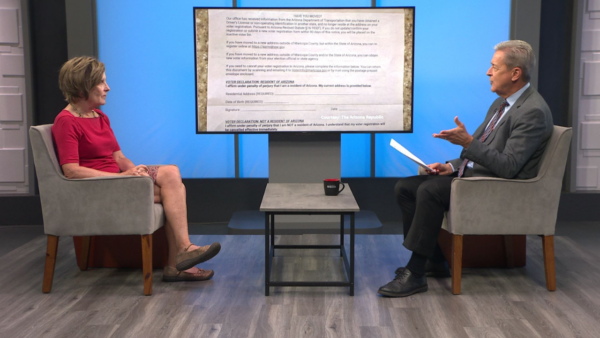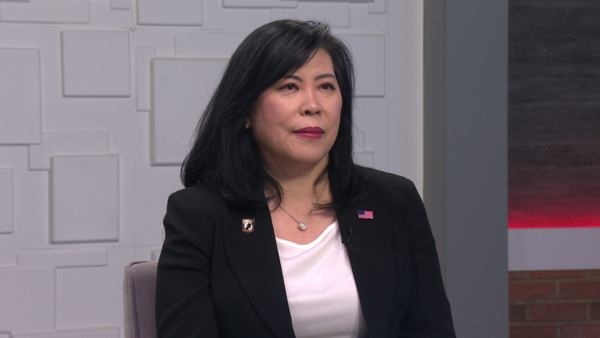Two Arizona brothers have hit pay dirt on a farm in Queen Creek. The soil is the right mix of sand and clay to carry on their father’s business, San Tan Adobe Company. Started more than 40-years ago, the company produces adobe blocks, the building material of the Hohokam. We’ll show you how they do it.
TED SIMONS: Tonight's look at Arizona sustainability focuses on two Arizona brothers who have hit pay dirt on a farm in Queen Creek. Producer Christina Estes and photographer Juan Magana take us to the san tan adobe company.
JOHN MORRIS: We're in the middle of Sauceman farms.
CHRISTINA ESTES: You could call these brothers mud farmers.
VIDEO: This is our manufacturing facility. We produce adobe brick.
VIDEO: Adobe is the world's oldest green building product and there's buildings still standing today that are over 10,000 years old.
CHRISTINA ESTES: Their soil is the perfect blend.
VIDEO: Not too much clay and a little bit of sand.
CHRISTINA ESTES: But finding it was well, kind of like finding a needle in a haystack. Lucky for Jason and John, their father did the legwork.
JOHN MORRIS, JR.: My dad started it in Congress, Arizona. He was working on a guest ranch in Wickenburg and they were hauling all the blocks in from California and he thought that was the craziest thing he's ever seen so he decided to make blocks.
JASON MANSUR: And found out that it was a lot harder than he thought. It wasn't just mud and water and make bricks. So he went to the company that was supplying the block for Wickenburg Inn, which is the Hans Sumpf Adobe Company in Madera, California, who was the world's largest adobe manufacturer and old man Hans Sumpf took my dad under his wing and said we'll get him started in Arizona.
CHRISTINA ESTES: But first, John Morris, Sr. had to trek across the state.
JASON MANSUR: He would get on airplanes with briefcases full of dirt, crazy thing and take them to Hans Sampf and Hans Sampf would say wrong dirt, go find some more.
CHRISTINA ESTES: It took eight years for Morris to fill a suitcase with the right dirt from Queen Creek.
JOHN MORRIS, JR.: My dad was pretty determined and he was passionate about adobe, that's what he did.
CHRISTINA ESTES: After morris died, his sons took over san tan adobe company. Depending on the sizes, they produce three to 5,000 bricks a day.
JASON MANSUR: First thing we scoop up the dirt, stick it through the screening plant. And then we'll dump it into the other hopper over here and it goes into the pug mill. The pug mill mixes it with water, emulsion, mixes it up like a big blender. It's like a dough, that's the consistency of the mud and we'll bring that mud from the container and put it in these Hans Sampf machines. Once the mold is full, it lifts up, drives forward, sets back down and we do the same process over and over again. Every five to 10 seconds, we can make 24 blocks.
CHRISTINA ESTES: Each one designed to be water and storm resistant. The same sun that dries the bricks also struggles through their density which can make summer a little more bearable.
JOHN MORRIS, JR.: I built a tack room. About 12:00 when it's probably 100 degrees outside, you can walk in there and it's just an eight-inch wall with the barn roof on it. And it's 10 to 15 degrees cooler inside than it is outside.
CHRISTINA ESTES: 50 miles away, the bricks from san tan adobe are the foundation for this custom home.
LEE HUTCHINSON: The color and the feel of it really fit better with the vegetation and with the mountains and the terrain. Even though it seems static it's a very flowing material. Traditionally adobe is very straight, boxy, rectilinear type of homes. Our style of architecture has a lot more curvilinear nature to it. The adobe works with those organic forms.
CHRISTINA ESTES: The bricks are used in new construction and old. San tan adobe helped restore the former quarters for military officers at the presidio of San Francisco.
JASON MANSUR: They took three feet of the building all the way around the bottom of the building, cut it out and replaced it with our block and we had to match the block that was there from 200 years ago.
CHRISTINA ESTES: Spencer says their adobe is also used by today's military.
JASON MANSUR: We work with several different defense contractors, simulating structures in Afghanistan and Iraq. The latest one we've done is for RPGs, rocket propelled grenades and they want to breach a hole in the wall but not level the building. So they use our block for testing.
CHRISTINA ESTES: With so much business and only so much soil, we wondered if san tan adobe would run out. Spencer says his dad discovered enough to keep him and his brother busy.
JOHN MORRIS, JR.: We stockpiled about 30 years' worth here so we've got that under control. I guess our kids are going to have to worry about where to get more dirt.
TED SIMONS: The brothers use three machines, all more than 50 years old that once belonged to the expert in California who helped their father start the business in Arizona.
VIDEO: We want to hear from you. Submit your questions, comments and concerns via e-mail at [email protected].
TED SIMONS: And Friday on "Arizona Horizon," it's the Journalists' Roundtable. We'll discuss increasing concerns over the governor's plans for state trust land funds. And state senator Kelli Ward announces that she is running against U.S. senator John McCain. Those stories and more Friday on the Journalists' Roundtable. That is it for now, I'm Ted Simons, thank you so much for joining us. You have a great evening.


